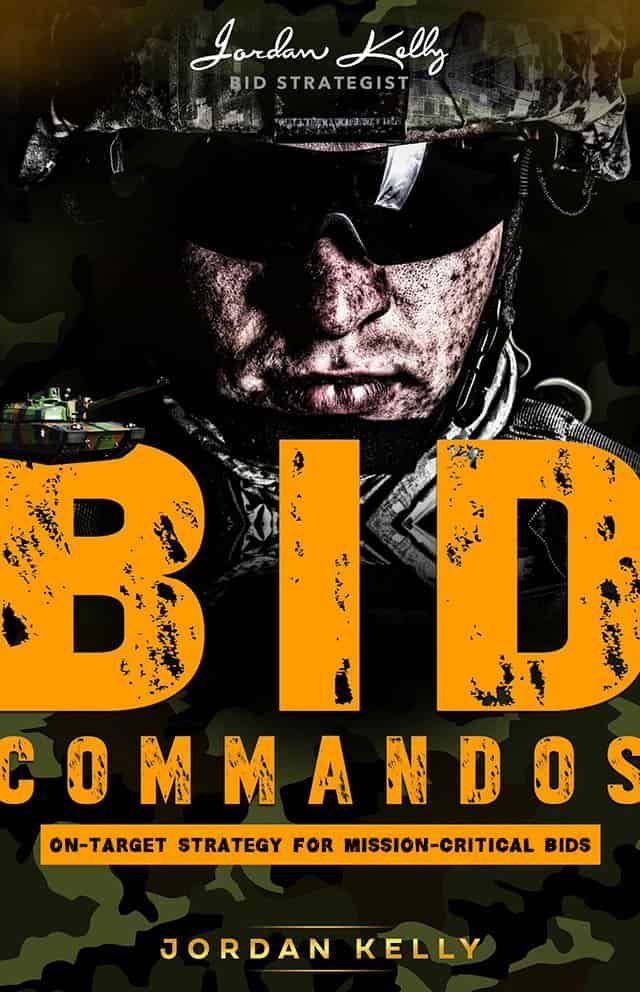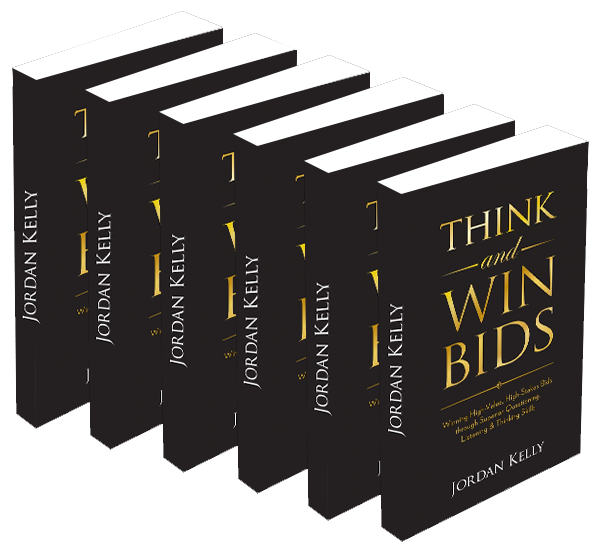CATEGORIES:

Bidders’ proficiency in strategy formulation is being materially hampered by the ever-expanding plethora of consultants encouraging their clients’ reliance on (often so-called “proprietary”) tools and templates.
It’s an enduring problem that’s getting worse, as more and more consultants pop up in the marketplace, spruiking their latest and greatest “methodologies”.
Here are three core reasons why “tools” and “templates” simply do not produce quality outputs, and absolutely cannot be relied upon as the basis for formulating bid strategy:
- These grids, tables and charts, and little generic flip sheet exercises generally encourage you to populate them with what you already know.
Or (and here’s the core problem) what you think you know.
With the pressure to populate the fields with as many bullet points as possible in a tightly-timed little group-think exercise, there’s a lot of assumption going on. And assumption is not a good basis for the formulation of a successful bid strategy.
This problem is exacerbated by the fact that, once it’s in the tool, template, or up on the flipsheet, it’s generally then taken as gospel, with no verification or cross-referencing considered necessary. (Heaven forbid, someone’s feelings should be hurt by the suggestion that this be essential to the production of a rock-solid, authoritative strategy document).
To whatever degree these raw inputs are converted to some form of “strategy”, that “strategy” is frequently based, therefore, on assumption and arrogance. And that’s not a great place from which to produce a compelling offer, solution or submission. As can readily be seen in the vast majority of submission documents. (NB: To a seasoned and savvy client or bid evaluator, weak content cannot be smoked over by throwing enormous slabs of budget at designers to produce all-singing, all-dancing, multi-media, coffee-table productions).
- Such methodologies spawn tactics, not actual strategy.
The next exercise in one of these inch-deep-thinking “workshops” is generally either to:
- Have a note-taker write up the contents of the populated charts and flipsheets (usually in a fairly useless “bullet point” form), supposedly constituting some form of “strategy” that will go on to be used as the document that guides the bid’s section authors.
At best, this results in jumping right over the “strategy” stage and into “tactics”, in turn, demonstrating complete ignorance of the fact that tactics are informed by strategy, and are meaningless, or even dangerous, without it.
Worse still, it results in a variety of tactics infiltrating the end submission document, in direct proportion to the variety of section writers contributing to it. OR (worse still):
- To paper the walls of the “war room” (the war room being another bad idea) with these excessively raw inputs and leave section authors to work out how to use them.
A submission’s designated section authors are usually either subject matter experts or writers. They are not (generally speaking) strategists.
Being left to their own devices to turn someone else’s / a group’s raw thoughts into strategy as they put fingers to keyboard is not their strength.
At best, as above, as each section author attempts to do this, a multitude of different themes and tactics start showing up in the resulting submission draft.
- These methodologies encourage workshop participants to document (and rely only upon) their existing knowledge (or, as above, their assumptions).
Key to formulating a well-informed, authoritative strategy, is focusing on what is not known . . . and the development of plans to acquire that knowledge.
Too often, “strategy” is developed either in a vacuum, based on the existing or assumed knowledge of the participants that a bid manager has been able to muster into (and keep in) a meeting room for a few hours. (One can only wonder what history’s grand master of strategy, Sun Tzu, would have thought of that.)
In a truly savvy strategy, the emphasis is on new discoveries about the client, project and history, stakeholder mix and history, field of competition and each individual competitor, along with numerous other aspects of the overall environment (and the testing of assumptions) . . . knocking out the competition by way of knowing more – much more – than each competitor knows.
When it comes to strategy inputs, it’s a case of “more is more”, “test, test, test”, and “what’s the absolute latest and freshest?”
THINK AND WIN BIDS
Winning High-Value, High-Stakes Bids through Superior Questioning, Listening & Thinking Skills
(Book)
The three fundamental skills of a genuinely sharp, sustainably successful bid professional are the ability to think, listen and ask quality questions.
Furthermore, formulating successful business development and bid strategies is the process of well-directed research and thinking; not the product of tools and templates.
Ideal to ensure all members of the bid team are, philosophically, on the same page, Think and Win Bids is also offered as a six-pack (six books for the price of five).
BID COMMANDOS
On-Target Strategy for Mission-Critical Bids

(Training Program)
BID COMMANDOS is my "blockbuster", comprehensive, 11-module training program.
It's intricately formulated to ensure your team excels at every stage of a formal bidding process . . . from the initial bid/no bid analysis, through research and intelligence-gathering, through the strategy development and documentation process, through strategic and compelling writing and competent editing, and on through the shortlistee presentation stage, right through to optimisation of client de-briefing session/s.



